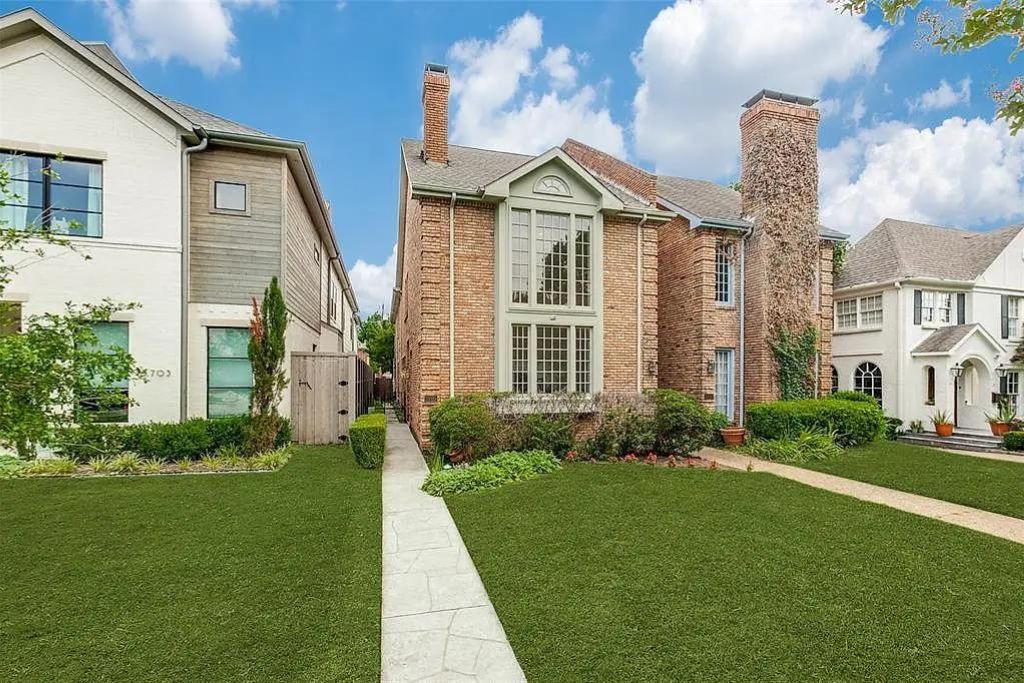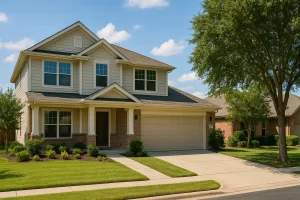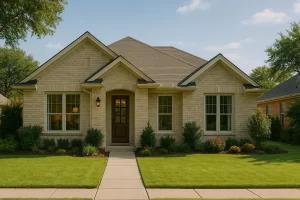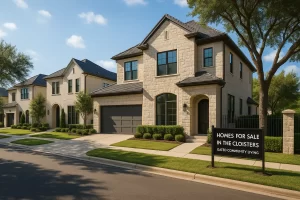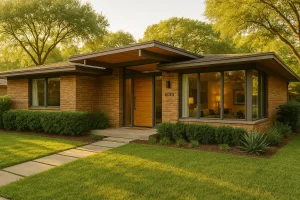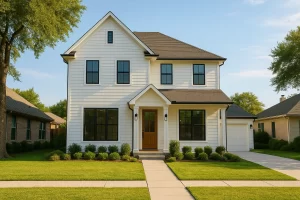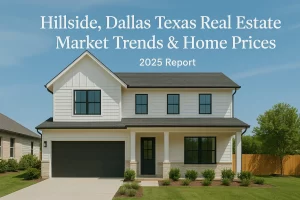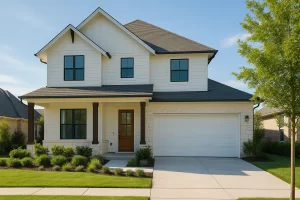Market Overview
The Dallas-Fort Worth housing market continues to sho
| Dallas |
w resilience and stability in 2023, despite inventory decreases. This reduction in inventory has driven up home prices and demand, challenging buyers in finding suitable properties. For example, the region’s median single-unit home price now stands at $415,000, reflecting decreased inventory’s impact on pricing. Additionally, home sales performance has seen a 6% decrease in July compared to the previous year.
Interest rate hikes have also influenced home prices and sales. However, home prices have remained stable, showcasing the market’s robustness. This stability suggests the region’s capacity to withstand external economic factors and continue growing, making it attractive to buyers and sellers. The decreased inventory and interest rate hikes demonstrate the Dallas-Fort Worth housing market’s ability to navigate challenges and keep a positive future outlook.
These factors highlight the Dallas-Fort Worth housing market’s complexity and interconnectedness. Despite challenges, the Dallas housing market consistently shows adaptability and growth potential.
Dallas-Fort Worth Housing Market Predictions and Expectations for 2023
The 2023 Dallas-Fort Worth housing market predictions suggest a mixed outlook. We expect a decrease in existing home sales, but overall sales should remain robust. This resilience is a positive indicator, showing ongoing demand and interest from buyers and investors. The forecasted 0.3% rise in median home prices signifies continued market value growth and stability. This increase reflects the region’s desirability and potential for solid investment returns.
Moreover, the Dallas-Fort Worth area now offers more options and competitive prices for preowned and new construction homes. This development is great news for prospective homebuyers, providing flexibility to explore various properties that meet their preferences and budget. For instance, new construction homes, competitively priced, may attract buyers looking for modern amenities, while the diverse options in preowned homes cater to those seeking established neighborhoods and unique styles. This variety fuels a dynamic, thriving real estate market, opening opportunities for buyers and sellers to make transactions that meet their specific needs.
As it evolves, the Dallas-Fort Worth housing market’s dynamic nature provides insights into its adaptability and continued growth potential in 2023 and beyond.
Factors Influencing the Dallas-Fort Worth Housing Market
Several key factors are shaping the Dallas-Fort Worth housing market in 2023. Decreased inventory has led to increased competition among buyers, driving up prices and demand. In cities like Dallas and Fort Worth, this has kept home prices above pre-pandemic levels, showing limited supply’s impact on pricing.
Interest rate hikes also play a significant role in affecting home prices and sales. Despite these hikes, home prices have not seen significant declines, indicating the market’s resilience. This trend is evident in both new construction and existing homes. For example, new home median prices have decreased by 6%, while existing home prices have risen by 9%, showing interest rate changes’ nuanced impact on different market segments.
In Fort Worth, increased mortgage rates and a rising supply of homes for sale are reshaping the real estate landscape. The city is transitioning to a buyer’s market, with a recent 4.9% decrease in average home values. However, forecasts predict a modest increase in home values soon, showing the interplay of various factors in influencing market trends and buyer behavior.
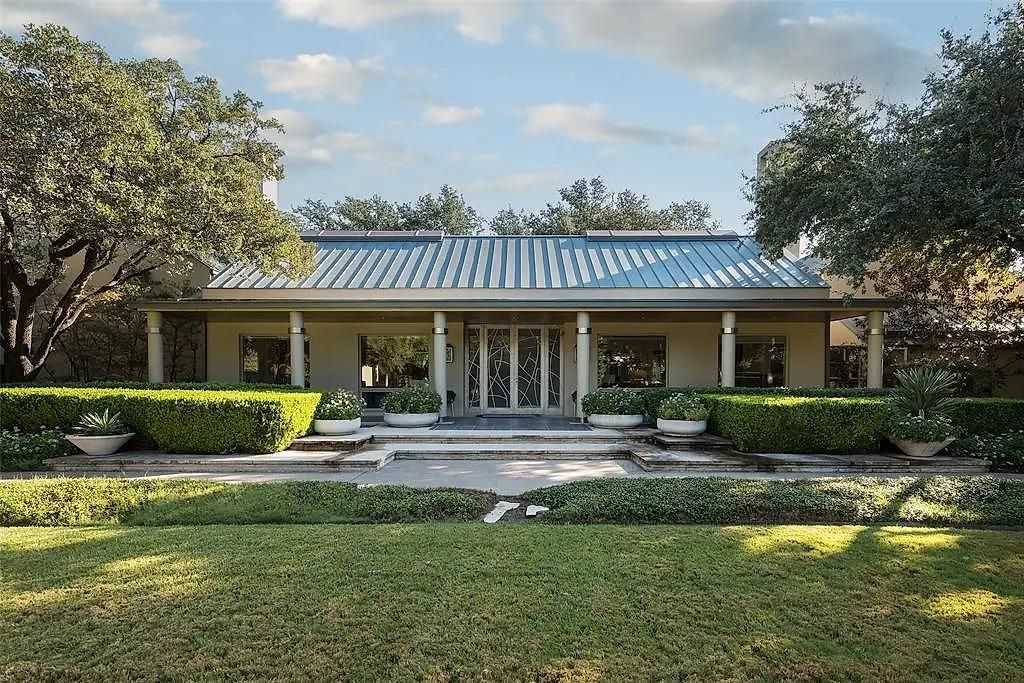 Buyer Incentives and Market Trends
Buyer Incentives and Market Trends
Local home builders in the Dallas-Fort Worth area are offering a variety of incentives in 2023. These include closing cost assistance, home feature upgrades, and flexible financing arrangements. These incentives make home buying more appealing and affordable for potential buyers.
Additionally, the availability of rental properties in Fort Worth significantly influences the real estate market. It highlights the city’s allure for real estate investment and its ability to meet diverse housing needs. With a substantial and growing rental property market, Fort Worth offers promising opportunities for both investors and renters, contributing to the region’s positive housing market outlook.
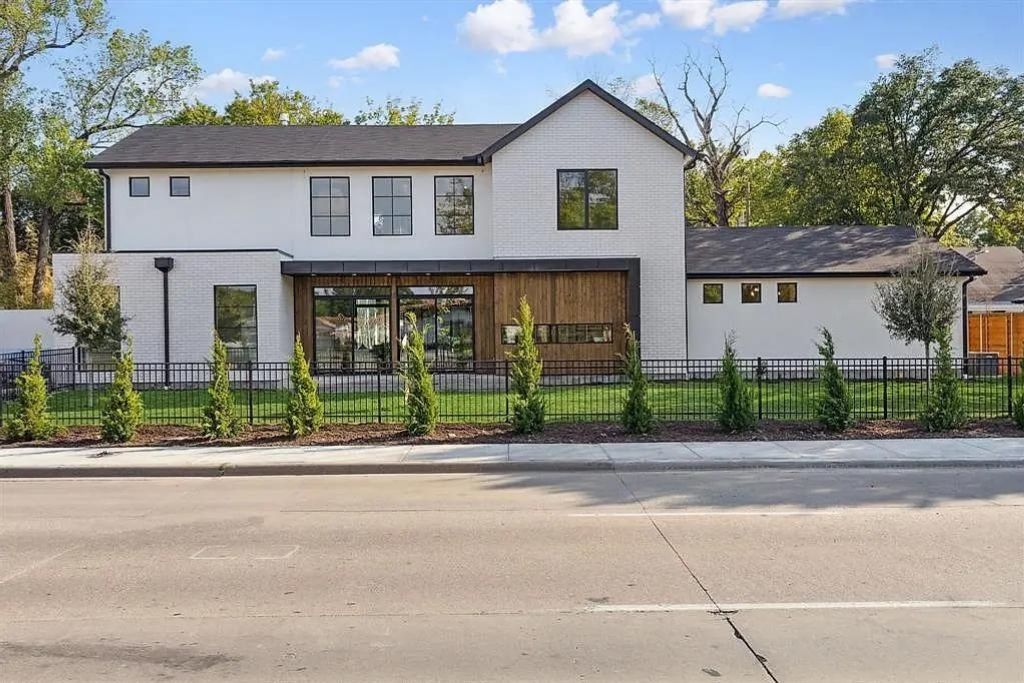 Existing vs. New Homes in Dallas-Fort Worth Housing Market
Existing vs. New Homes in Dallas-Fort Worth Housing Market
Comparing existing and new home prices in the Dallas-Fort Worth area reveals a notable difference. Existing homes generally have higher median prices than new constructions. For example, existing homes in some neighborhoods are up to 9% more expensive. This price difference indicates a strong demand for existing homes, likely due to the limited housing inventory.
The surge in demand for existing homes has led to higher prices, often resulting in bidding wars. This trend underlines the desirability of existing homes and indicates the housing market’s overall strength in the region.
Signs of Market Stability and Unlikelihood of a Crash
The Dallas housing market is showing remarkable stability, evident in most homes selling close to their list prices. This indicates strong demand and a balanced market. Despite inventory decreases in most Dallas metro area cities, the market remains consistent and resilient.
Furthermore, the median time homes spend on the market has increased, suggesting a more thoughtful approach from buyers and sellers. This trend reduces the likelihood of sudden price fluctuations and a market crash.
Shift into a Buyer’s Market in Fort Worth
Fort Worth’s housing market is shifting towards buyers in 2023. Factors like increased mortgage rates and a larger supply of homes have driven this shift. Buyers now enjoy more options and greater negotiating power. Despite these changes, the market shows resilience, with forecasts indicating modest home value increases.
Dallas Real Estate Market Fluctuations
The Dallas real estate market has experienced fluctuations in house prices due to substantial economic growth. The region’s development and expansion have increased housing demand, creating a seller’s market. However, the market forecast predicts a 5.2% increase in house prices, offering investment opportunities.
These fluctuations show the Dallas market’s resilience and adaptability, making it a dynamic environment for both buyers and sellers.
Conclusion
In conclusion, the Dallas-Fort Worth housing market in 2023 presents a positive outlook, marked by resilience, growth potential, and stability. Despite inventory shortages, the market is poised to perform well. Expected slight increases in home prices reflect the market’s ability to withstand external pressures. The range of available homes, from preowned to new constructions, adds to the market’s appeal for diverse buyers and investors.
Monitoring ongoing trends is crucial for understanding the market’s adaptability and growth potential. The Dallas-Fort Worth housing market’s resilience positions it as a promising landscape for both buyers and sellers in 2023 and beyond.
